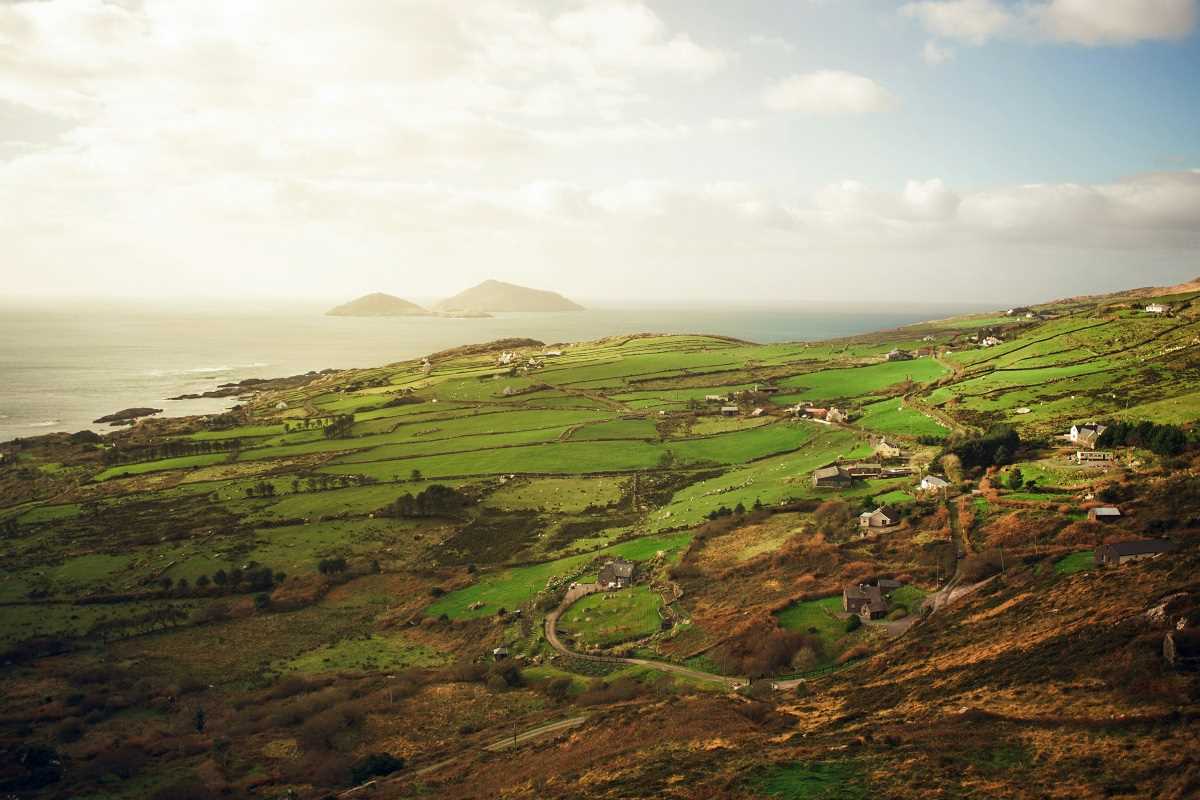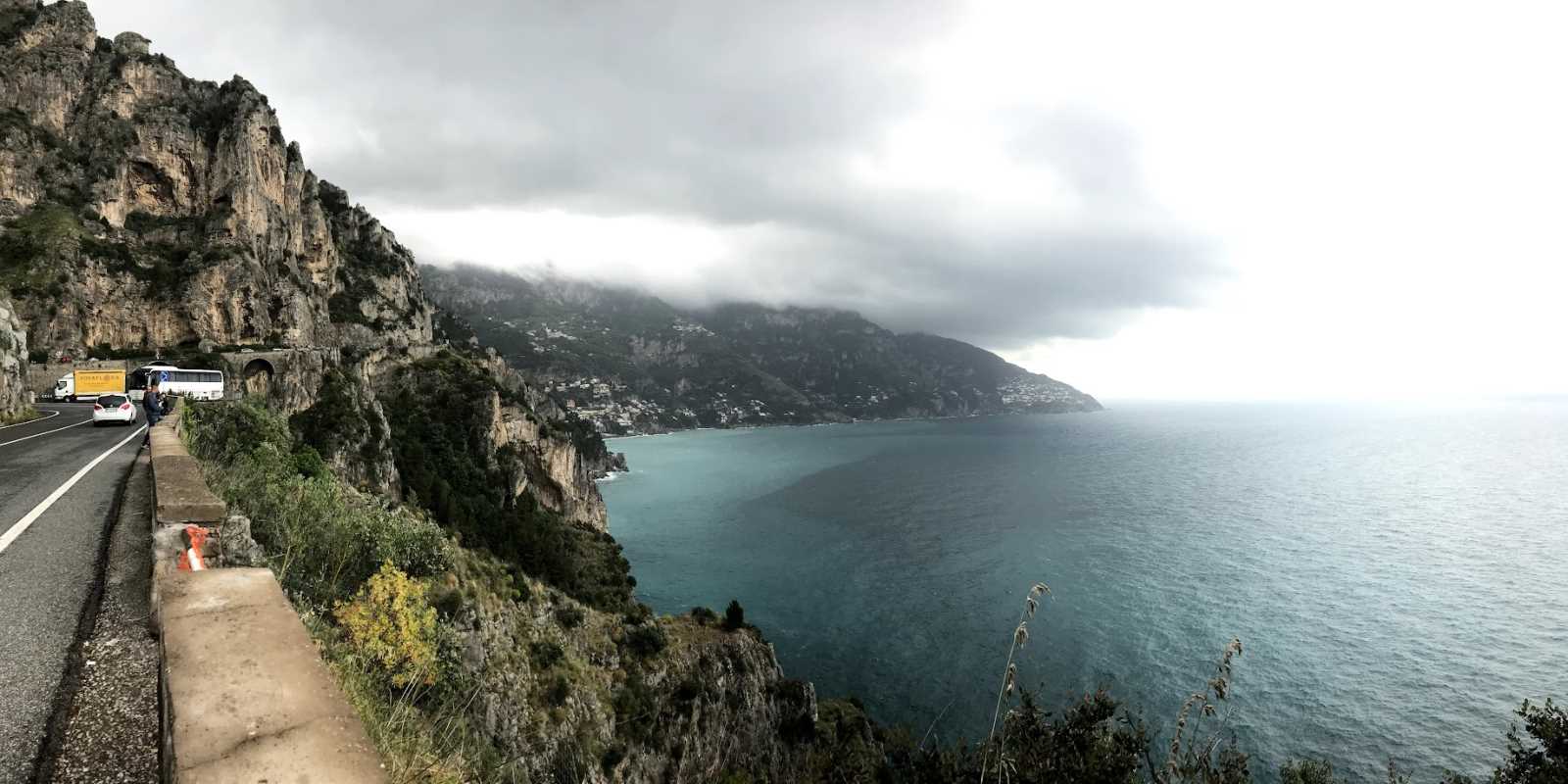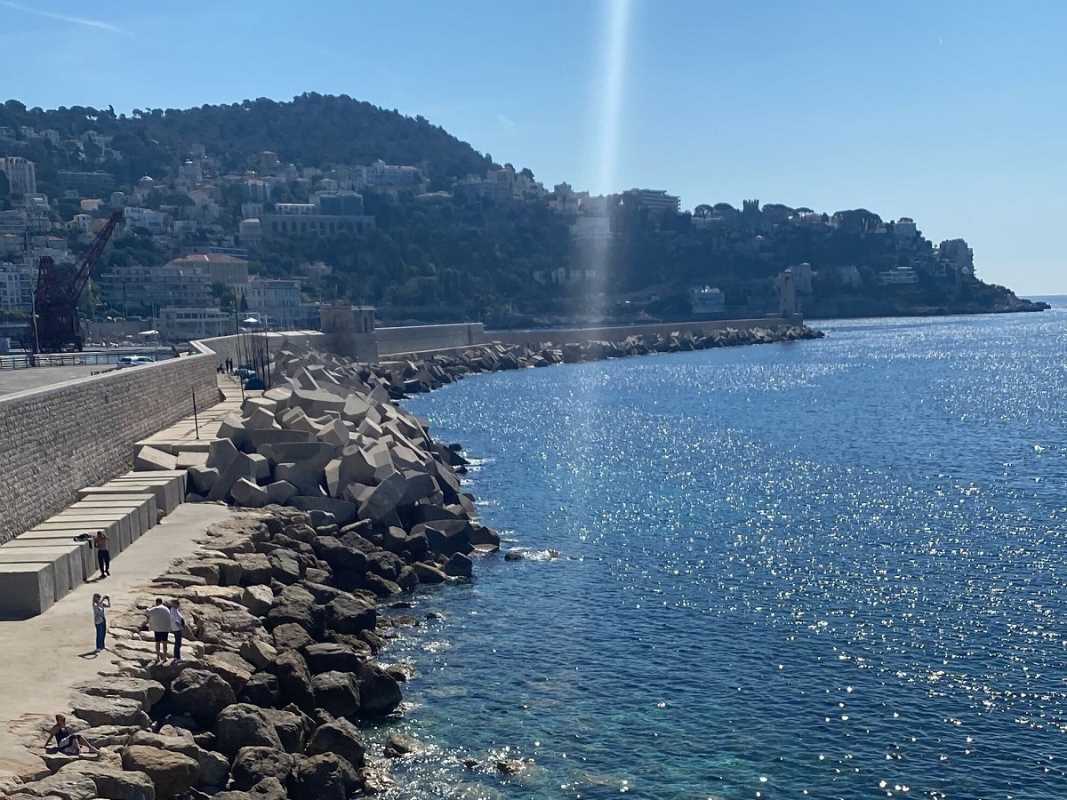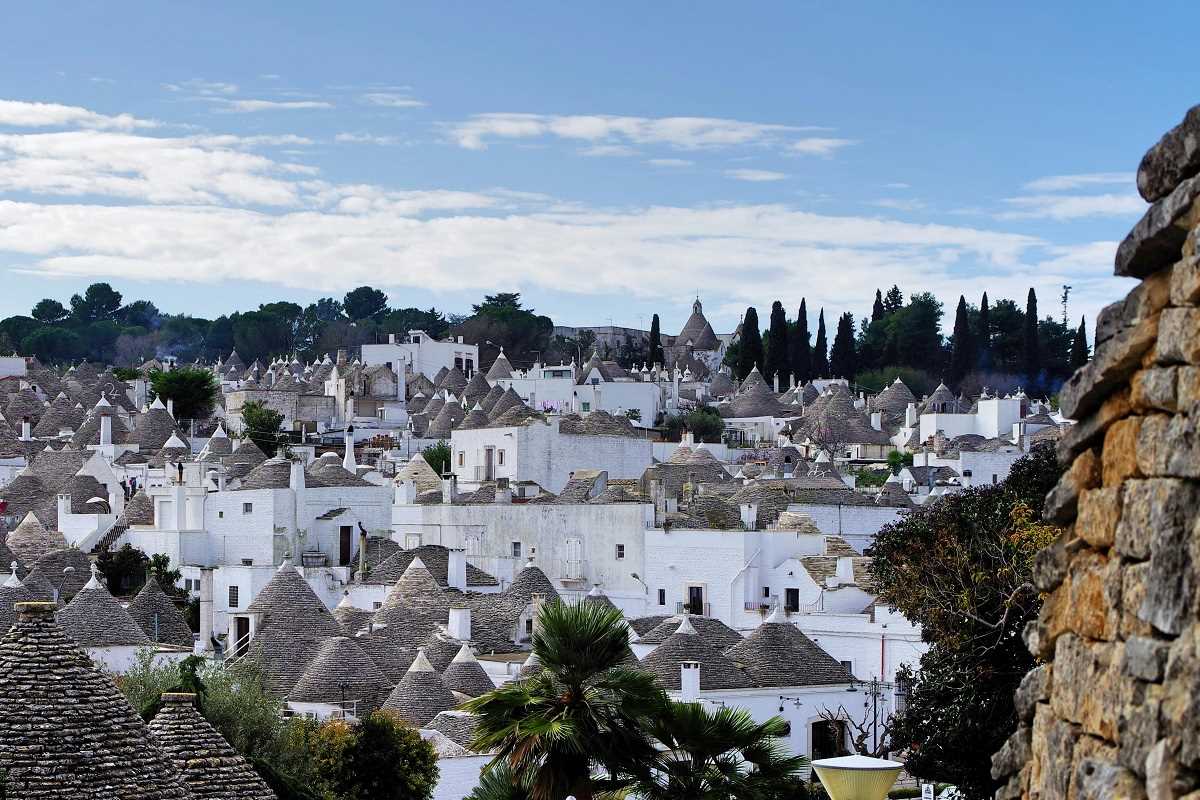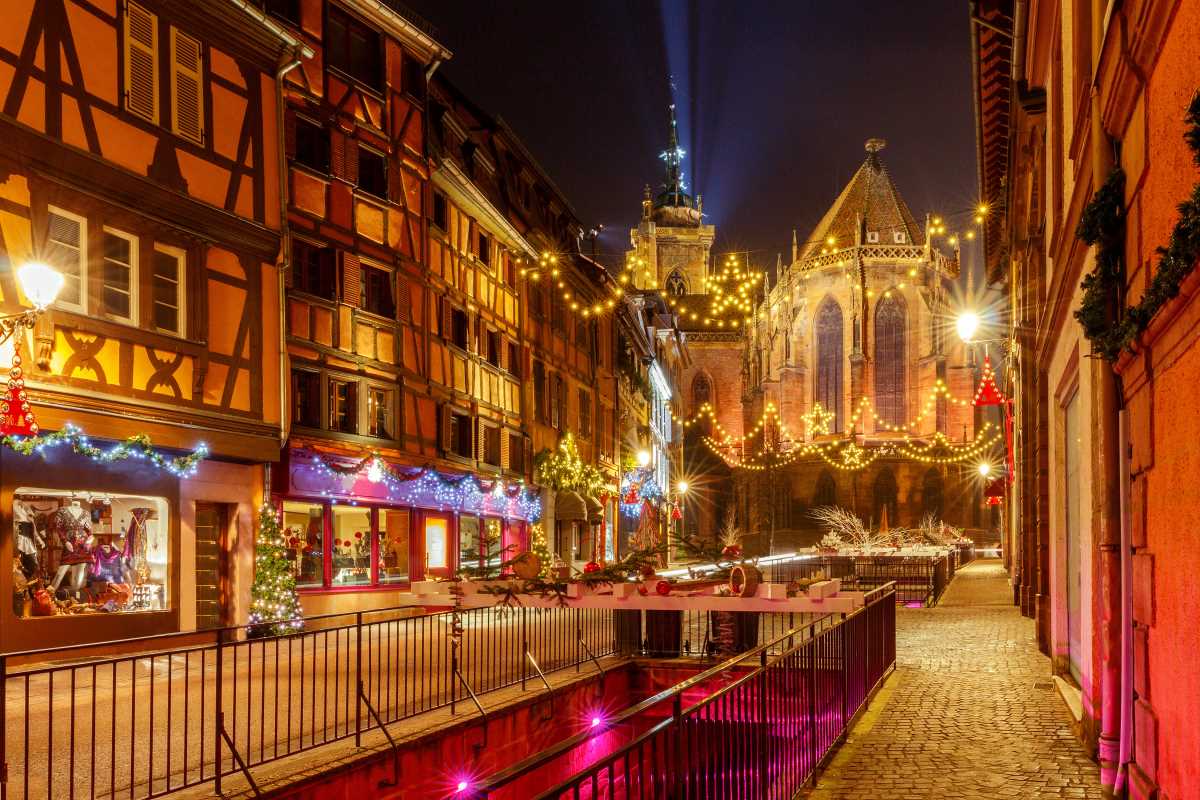Nestled in the southwestern region of Turkey, Pamukkale is a destination that feels like it has been pulled from a dream. Known as the “Cotton Castle” in Turkish, this UNESCO World Heritage Site mesmerizes visitors with its snow-white travertine terraces, filled with glistening thermal waters. Beyond its natural beauty, Pamukkale is also home to the ancient city of Hierapolis, offering a fascinating glimpse into history. Whether you’re dreaming of soaking in revitalizing pools or wandering through millennia-old ruins, Pamukkale combines natural and cultural wonders that make it an unforgettable destination.
The Magical Travertine Terraces of Pamukkale
The first thing that greets you in Pamukkale is the striking landscape of white terraces cascading down a hillside. These iconic formations are made of travertine, a type of limestone deposited by the calcium-rich waters that flow over the cliffs. The result is a stunning series of pools and terraces that look like they’re coated in snow, earning Pamukkale the nickname "Cotton Castle."
Walking barefoot on these terraces is a unique part of the experience. Visitors are required to remove their shoes to protect the delicate travertine surface. As you walk along the terraces, you’ll notice the water is warm and soothing, maintaining a temperature of around 35°C (95°F) year-round. The thermal waters are not only relaxing—they’re also believed to have healing properties. Rich in calcium and minerals, the waters have been used for centuries to treat conditions such as arthritis, skin ailments, and stress.
To fully enjoy the experience, climb to one of the shallow travertine pools and immerse yourself in the warmth while taking in the breathtaking views of the surrounding valley. The contrast between the crisp white terraces and the deep blue sky is nothing short of magical, especially during sunrise or sunset when the colors seem to dance on the surface.
The Ancient City of Hierapolis
Just above the travertine terraces sits the ancient city of Hierapolis, a historic marvel that dates back over 2,000 years. Founded by the Greeks and later taken over by the Romans, Hierapolis was a renowned spa city where people from across the ancient world came to relax and heal in its thermal waters. Today, its ruins tell the story of this once-thriving settlement.
Architectural Treasures to Explore
One of the most impressive structures in Hierapolis is the Roman Theatre, a remarkably well-preserved amphitheater that could seat up to 12,000 spectators. Climb the stone steps to the top for panoramic views of the surrounding area. The theater's intricate carvings and architectural design give you a sense of the grandeur of ancient Roman entertainment.
The ruins of the Temple of Apollo, dedicated to the city’s principal deity, are another highlight. Though only parts of the structure remain, the site reflects the importance of religion and mythology in the lives of the ancient people who once lived here. Nearby, you’ll find the Plutonium, a mysterious cave that was believed to be an entrance to the underworld.
For a glimpse into the daily lives of the city's inhabitants, wander through the remains of the Baths and Gymnasium. These structures were central to both wellness and social life in Hierapolis. The city's Necropolis, or cemetery, is one of the largest and best-preserved in Anatolia. Walking among the ancient tombs and sarcophagi is a humbling reminder of the timelessness of human life.
Cleopatra’s Pool
No visit to Hierapolis would be complete without a dip in Cleopatra’s Pool, a thermal pool set among ancient ruins. According to legend, Cleopatra herself swam here, which is how the pool earned its name. Whether or not the story is true, it’s undeniable that floating in these warm waters, surrounded by submerged columns and marble blocks, is a one-of-a-kind experience. Cleopatra’s Pool remains open to the public, and its warm, mineral-rich waters are celebrated for their therapeutic benefits.
Travel Tips for Visiting Pamukkale
To make the most of your trip to Pamukkale, follow these practical tips:
When to Visit
The best time to visit Pamukkale is during the spring (April to June) and autumn (September to early November). During these months, the weather is pleasant, making it ideal for walking around the travertine terraces and exploring the ruins. Summer can be very hot, with temperatures often exceeding 35°C (95°F), while winter can be chilly, especially in the mornings and evenings.
What to Bring
- Comfortable Shoes: You’ll need sturdy shoes for exploring the ruins of Hierapolis, but remember to carry a bag where you can store them, as you’ll have to be barefoot on the travertine terraces.
- Swimsuit and Towel: Whether you’re soaking in Cleopatra’s Pool or paddling in the travertine pools, you’ll want to be prepared for a dip.
- Sunscreen and Hat: The sun reflects off the white travertine, which can make the area feel much hotter. Protect your skin with sunscreen and wear a hat for added shade.
- Water and Snacks: Exploring the terraces and ruins can take a few hours, so stay hydrated and bring some light snacks.
Tips for a Memorable Experience
- Arrive Early or Stay Late: Beat the crowds by visiting early in the morning or in the late afternoon. Not only will you enjoy a more peaceful experience, but the lighting is also ideal for photographs during these times.
- Explore Leisurely; Both the travertine terraces and the ruins cover a large area, so give yourself enough time to appreciate every detail. A leisurely pace also allows you to fully absorb the tranquil atmosphere of Pamukkale.
- Join a Tour: Guided tours provide valuable historical context about Hierapolis and the natural formations of Pamukkale. If you prefer solo exploring, consider doing some research beforehand to enhance your experience.
- Stay Overnight: While Pamukkale is often visited as a day trip, spending the night in one of the nearby hotels allows you to experience the terraces at sunrise or sunset when they’re at their most magical.
Conservation and Respect
Pamukkale is a protected site, so it’s essential to follow all guidelines and respect the environment. Avoid stepping into areas that are roped off, and never litter or disrupt the wildlife and natural structures. By preserving the site's beauty, you help ensure that future generations can enjoy this extraordinary place.
Why Pamukkale is Worth the Journey
Pamukkale is more than a destination—it’s a place where nature and history combine to create a truly unique experience. Floating in the thermal waters of the travertine pools feels like stepping into another world, while exploring the ancient ruins of Hierapolis brings history to life in remarkable ways. Whether you're traveling to relax, learn, or simply marvel at the beauty of the Earth, Pamukkale delivers on every front.
From the soothing warmth of Cleopatra’s Pool to the commanding views from the Roman Theatre, each moment in Pamukkale is unforgettable. Whether you’re a history buff, a lover of natural wonders, or someone seeking serenity, this Turkish treasure has something extraordinary in store for you.
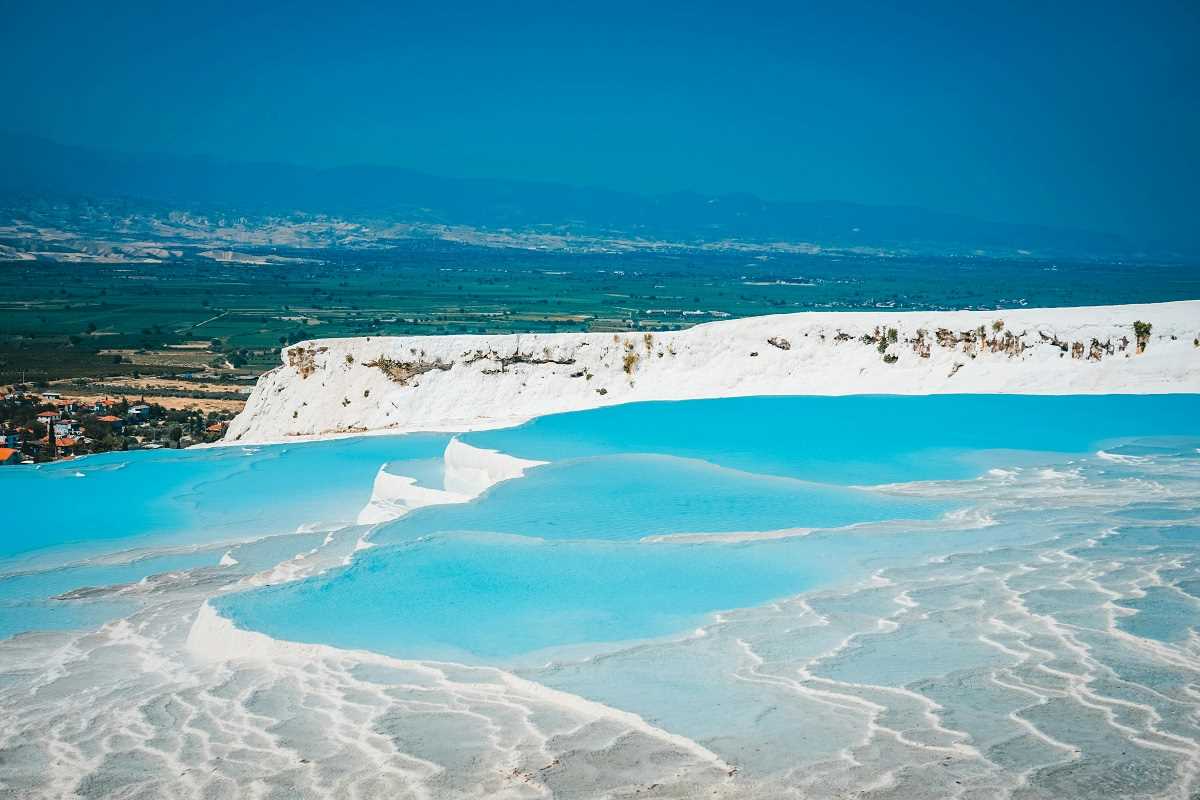 (Image via
(Image via